In the diverse world of avian species, one bird stands out for its extraordinary ability to detect water beneath the earth’s surface. The kiwi, New Zealand’s national bird and beloved icon, possesses a unique adaptation that allows it to locate water underground through its keen sense of smell. This flightless bird, with its long beak and nocturnal habits, has evolved specialized olfactory capabilities that are unparalleled in the avian world. While many birds rely primarily on vision, the kiwi has developed an exceptional sense of smell that helps it survive in its forest habitat, making it truly one of nature’s most fascinating creatures.
The Kiwi’s Extraordinary Olfactory System
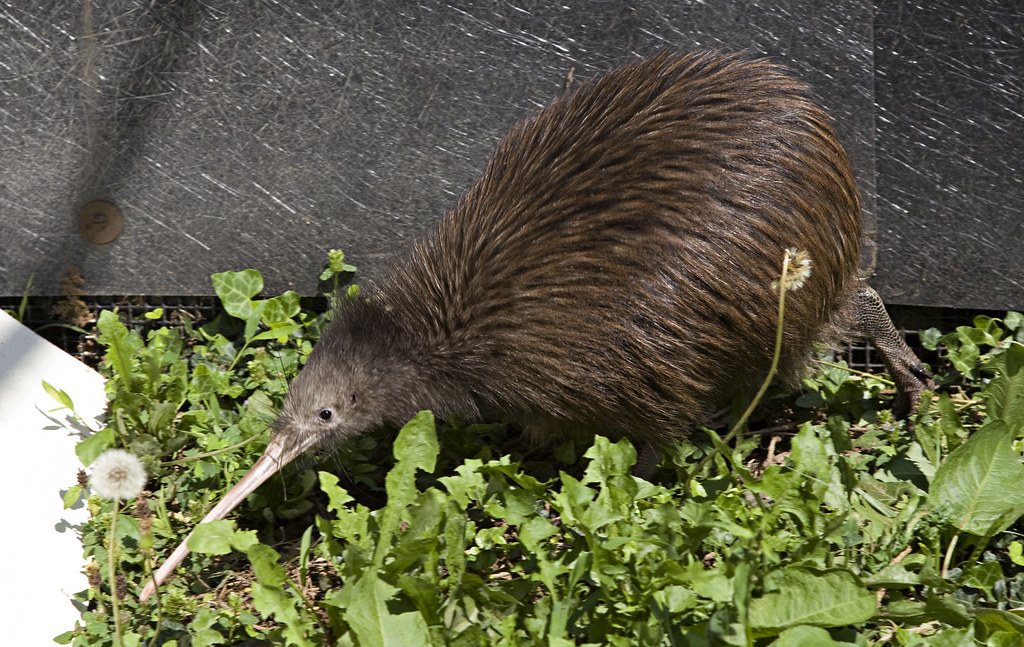
The kiwi possesses the most highly developed sense of smell of any bird species on Earth. Unlike other birds whose nostrils typically sit high on their bills, the kiwi’s nostrils are uniquely positioned at the tip of its long beak. This unusual anatomy allows it to detect scents with remarkable precision as it probes the forest floor. Scientists have discovered that the kiwi’s olfactory bulb—the part of the brain responsible for processing smells—is proportionally much larger than in other birds, more closely resembling that of a mammal. This exceptional development enables the kiwi to detect subtle odors emanating from water sources hidden beneath soil and leaf litter, giving it a crucial survival advantage in its environment.
Evolutionary Adaptations for Subterranean Water Detection
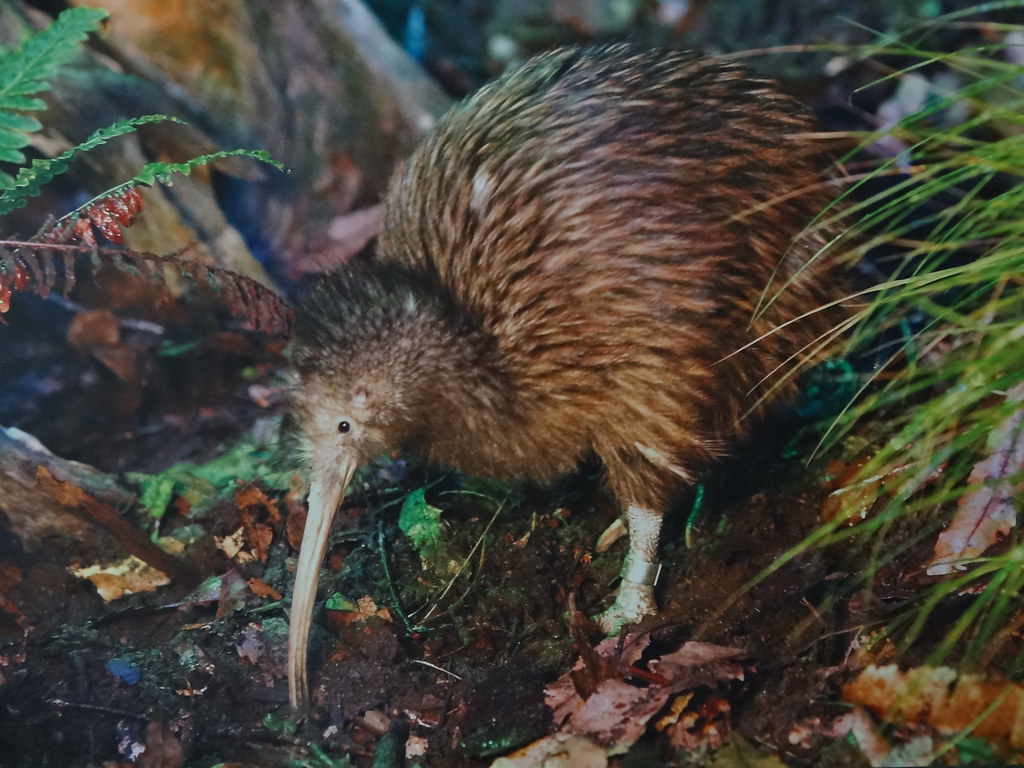
The kiwi’s water-finding ability didn’t develop overnight but emerged through millions of years of evolutionary adaptation. As New Zealand’s landscape evolved with its humid forests and variable rainfall patterns, kiwis faced the challenge of finding reliable water sources in their dense forest habitats. Their elongated bill evolved as a multifunctional tool that serves both as a sensitive smell detector and a probe for locating food and water. The kiwi’s nostril placement at the bill tip represents an evolutionary solution perfectly suited to its environment. This adaptation allows the bird to insert its bill into soil and immediately detect moisture gradients and water presence through direct olfactory assessment, an ability that no other bird possesses to such a degree.
How Kiwis Detect Underground Water
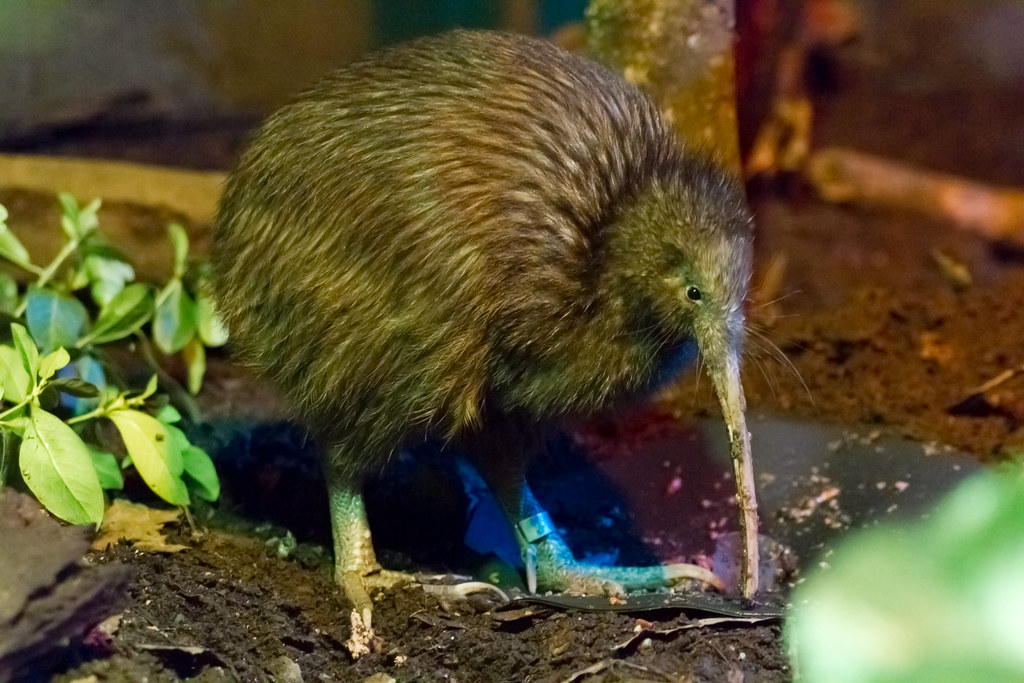
The process by which kiwis detect underground water is fascinating and complex. As water percolates through soil, it carries dissolved minerals and organic compounds that create distinct chemical signatures detectable by the kiwi’s sensitive olfactory receptors. When searching for water, a kiwi will systematically probe the ground with its bill, taking short sniffing breaths to analyze the soil composition. The bird can detect minute variations in soil moisture content, allowing it to follow increasing humidity gradients toward subterranean water sources. Even in seemingly dry conditions, kiwis can locate water seeping through rock layers or trapped in underground pockets, demonstrating an almost sixth sense for finding this essential resource.
The Kiwi’s Distinctive Bill Design
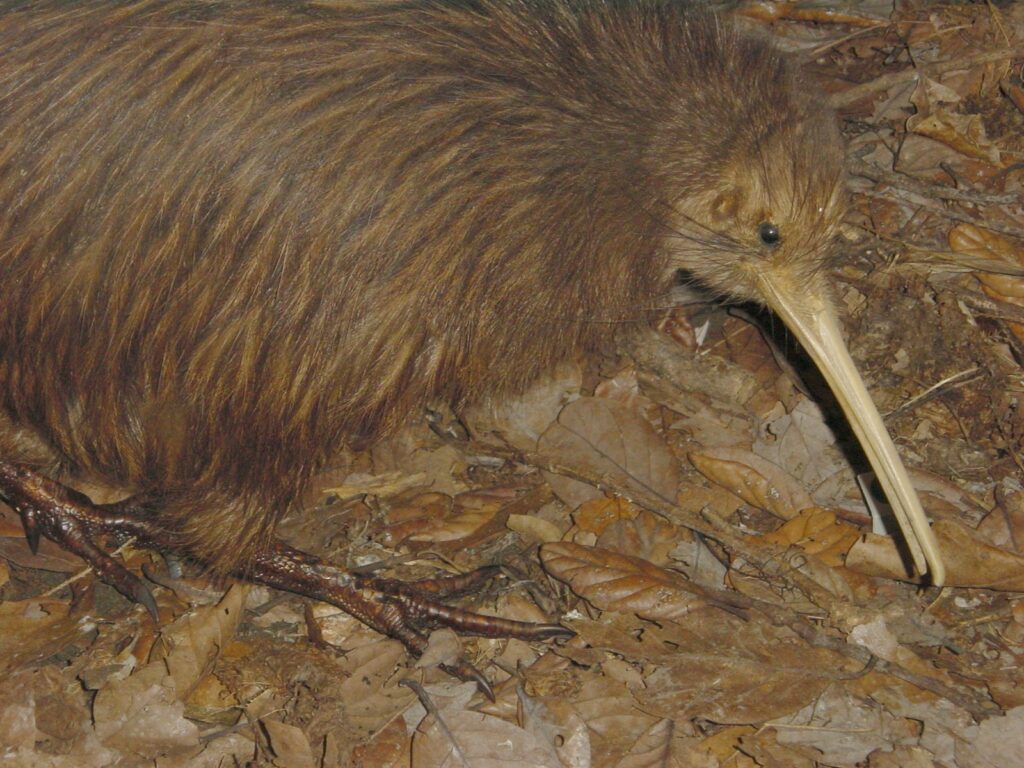
The kiwi’s bill is a marvel of natural engineering, perfectly designed for its water-finding capabilities. Measuring between 10-20 centimeters (depending on the species), the long, slender bill contains sensitive nerve endings throughout its length. These nerve endings work in conjunction with the nostrils to create an integrated sensory tool unlike any other in the bird world. The bill’s slight downward curve allows the kiwi to probe effectively into soil while maintaining stability and control. Additionally, the bill’s outer surface contains touch-sensitive mechanoreceptors that complement the olfactory information, enabling the kiwi to build a complete sensory picture of its underground target. This dual-sensory approach makes the kiwi exceptionally effective at locating not just water, but also the invertebrates that make up the bulk of its diet.
Nocturnal Water-Finding Behavior
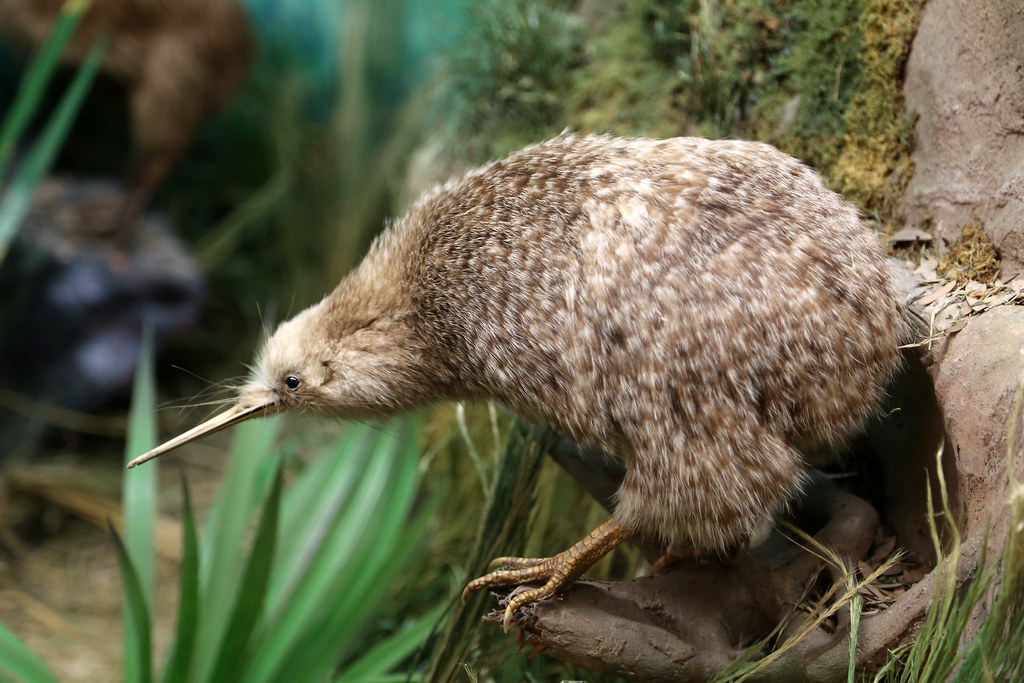
Kiwis are primarily nocturnal, and their water-seeking behavior is most active during nighttime hours. Under the cover of darkness, these birds embark on foraging journeys that can cover substantial territory within their home range. Their water-finding excursions often follow predictable patterns, with individual birds returning to reliable sources they’ve previously located. During particularly dry periods, kiwis may spend a significant portion of their active hours searching for new water sources, using their smell-based navigation to explore potential areas. Researchers tracking kiwi movements have observed that they often pause during foraging to conduct extended probing sessions in areas with promising moisture indicators, demonstrating the deliberate nature of their water-seeking behavior.
Comparing the Kiwi to Other Birds
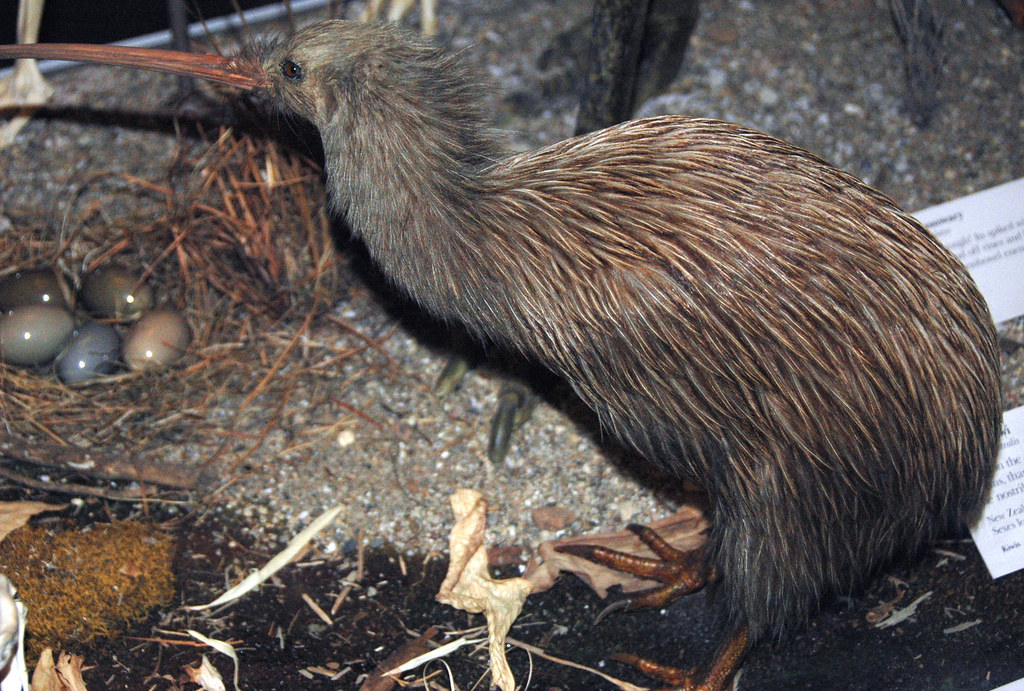
The kiwi’s water-finding ability through smell places it in a category entirely its own within the avian world. While some birds like vultures have well-developed senses of smell for locating food, none can detect underground water through olfaction. Most birds rely on visual cues to locate water sources, seeking out reflective surfaces or vegetation patterns that indicate water presence. Others, like desert-dwelling species, have adapted to extract sufficient moisture from their food, reducing their need to find fresh water sources. Some seabirds possess salt glands that allow them to process seawater, but they lack the ability to detect freshwater underground. The kiwi’s specialized adaptation represents a unique evolutionary solution not replicated in any other bird lineage.
Scientific Research on Kiwi Olfaction
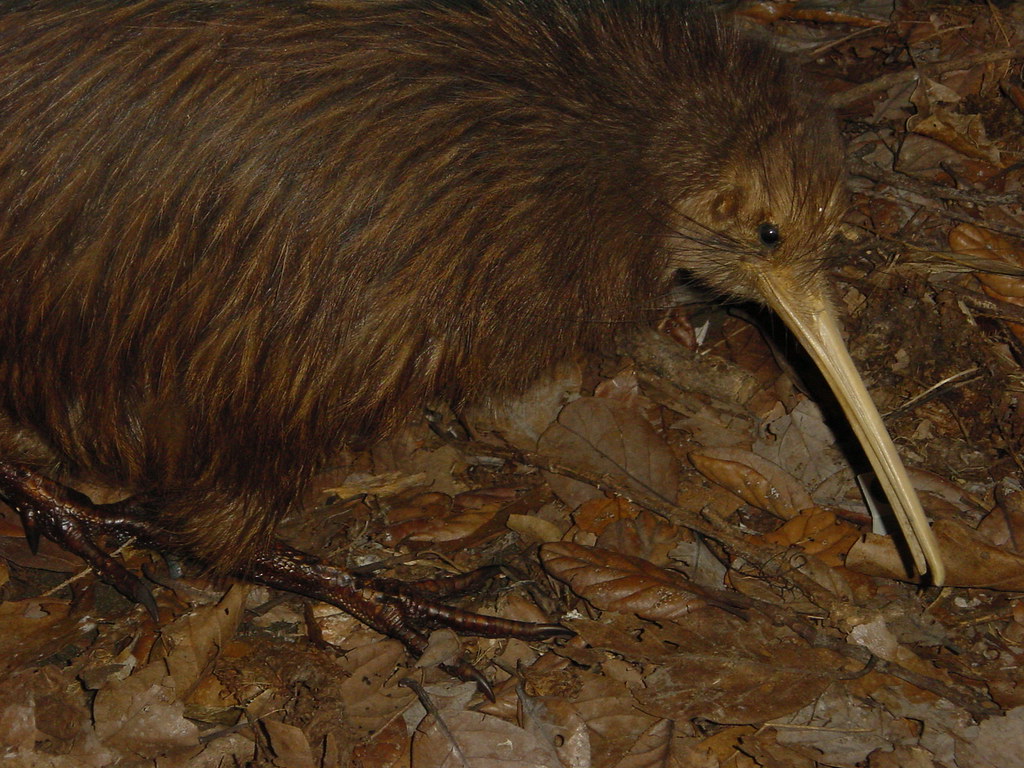
The kiwi’s remarkable sense of smell has been the subject of increasing scientific interest over recent decades. Researchers have conducted comparative studies of kiwi olfactory bulbs against those of other birds, confirming that kiwis possess proportionally larger olfactory processing centers. Laboratory experiments have tested kiwis’ ability to detect various scents, revealing sensitivity to a wide range of compounds, particularly those associated with water and prey items. Field studies utilizing specialized equipment to measure soil moisture content have verified kiwis’ tendency to probe areas with higher subsurface water presence. Some researchers have even used innovative techniques such as fMRI scans on captive kiwis to observe brain activity patterns when exposed to water-related scents, further confirming the specialized neural pathways dedicated to water detection.
The Five Kiwi Species and Their Water-Finding Variations
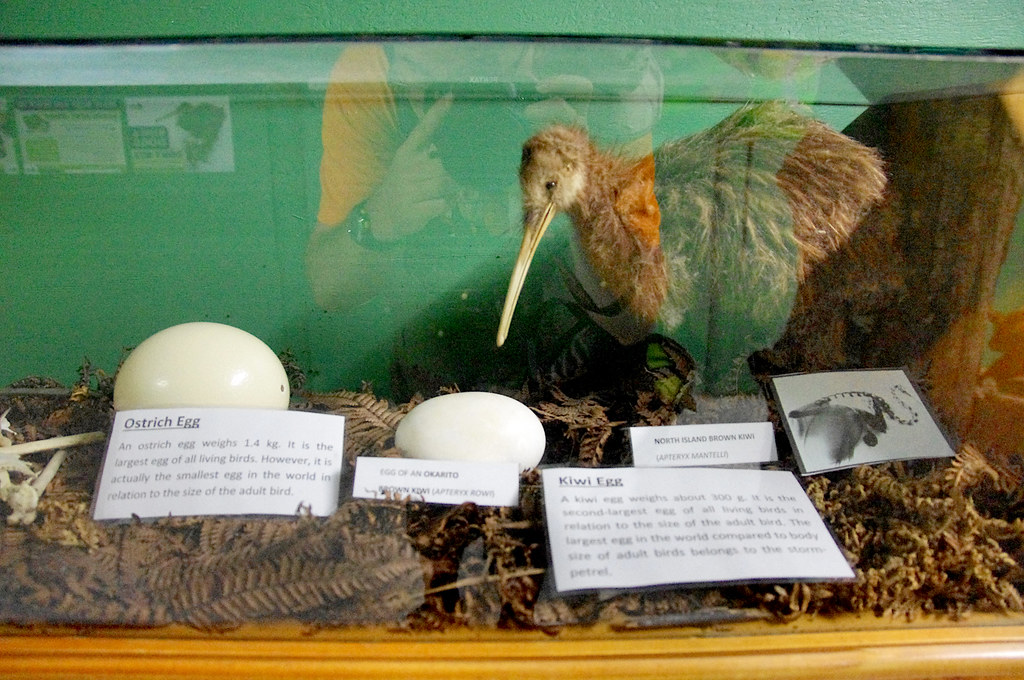
There are five recognized species of kiwi, each with slight variations in their water-finding behaviors based on their specific habitats. The North Island Brown Kiwi (Apteryx mantelli) inhabits diverse forest types and demonstrates versatile water-finding strategies across varying terrain. The Rowi or Okarito Kiwi (Apteryx rowi), living in wetland-adjacent forests, shows particular sensitivity to detecting water in highly saturated soils. The Tokoeka or Southern Brown Kiwi (Apteryx australis) has adapted to both lowland forests and subalpine regions, with populations showing different water-seeking behaviors depending on local conditions. The Great Spotted Kiwi (Apteryx haastii), inhabiting higher elevation forests with abundant rainfall, relies less on extensive water-seeking but retains the ability. The Little Spotted Kiwi (Apteryx owenii), now primarily found on predator-free islands, displays water-finding behaviors adapted to their specific island environments.
Conservation Implications of the Kiwi’s Water-Finding Ability
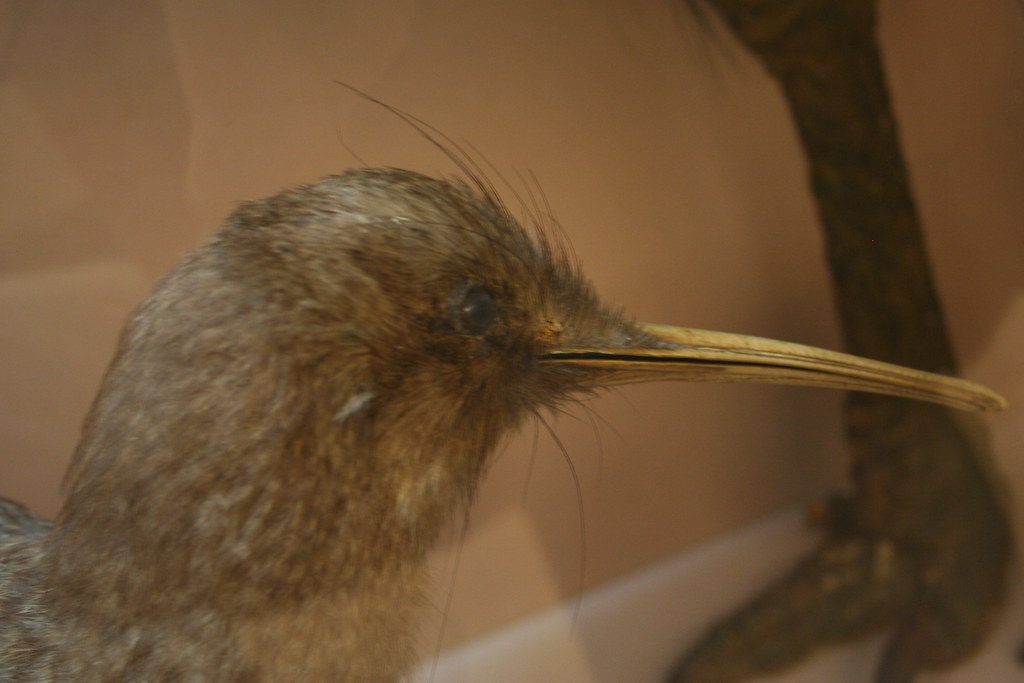
The kiwi’s unique water-finding adaptation has important implications for conservation efforts. As climate change alters rainfall patterns in New Zealand, kiwis’ ability to locate underground water may become increasingly crucial for their survival in areas experiencing longer dry periods. Conservation managers consider water availability when establishing new kiwi sanctuaries or releasing birds into restored habitats, ensuring that appropriate soil conditions exist to support their water-finding behavior. Researchers monitor how habitat modifications such as logging or drainage can impact subsurface water dynamics, potentially affecting kiwis’ ability to locate hydration sources. Some conservation programs have even incorporated artificial subsurface water features in managed kiwi habitats during extreme drought conditions, designed to be detectable by the birds’ sensitive smell.
Cultural Significance of the Water-Finding Kiwi

The kiwi holds immense cultural significance for New Zealand, particularly for the indigenous Māori people. In Māori tradition, the kiwi’s connection to the earth and its ability to find hidden water has symbolic importance, representing the bird’s deep relationship with Papatūānuku (Earth Mother). Many Māori legends feature the kiwi’s water-finding ability as a gift from the gods, helping sustain other forest creatures during times of drought. Early European settlers in New Zealand observed indigenous knowledge about following kiwis to locate water sources in unfamiliar forests. Today, the kiwi’s special ability continues to capture the imagination of New Zealanders and features prominently in educational programs about the country’s unique natural heritage, reinforcing national pride in this remarkable native bird.
Threats to the Kiwi’s Specialized Adaptation
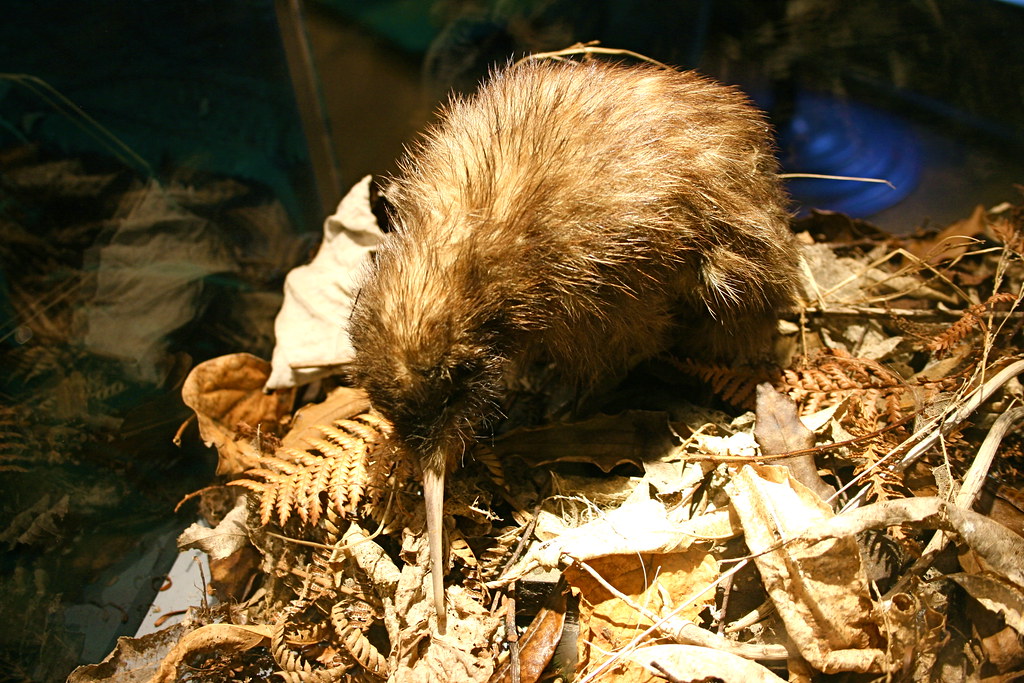
Despite its remarkable water-finding adaptation, the kiwi faces numerous threats that endanger its survival. Habitat loss and fragmentation disrupt the natural hydrology of forest ecosystems, potentially compromising the underground water sources that kiwis rely on. Introduced predators such as stoats, cats, and dogs present a direct threat to kiwi populations, with predation accounting for approximately 70% of kiwi chick deaths in unprotected areas. Climate change poses a significant challenge, as altered precipitation patterns may change the distribution and accessibility of underground water sources. Environmental contaminants from agricultural runoff and industrial activities can potentially impact soil composition and water quality, potentially interfering with the kiwi’s ability to detect clean water sources. Conservation efforts must address these multiple threats to ensure the continued survival of this unique species and its specialized adaptations.
The Future of Kiwi Research and Conservation
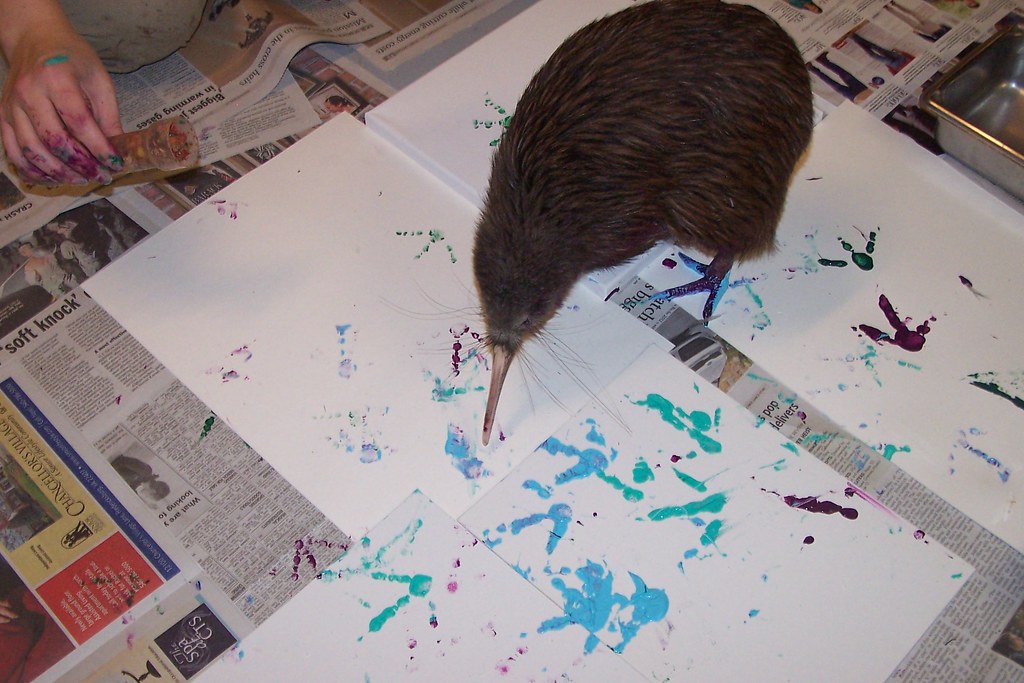
The future of kiwi research holds exciting possibilities for further understanding their unique water-finding abilities. Advanced technologies such as miniaturized sensors attached to kiwis could provide real-time data on their water-seeking behaviors and success rates across different habitats and seasons. Genetic studies may reveal the specific genes responsible for the kiwi’s enhanced olfactory capabilities, potentially shedding light on the evolutionary pathway that led to this specialization. Collaboration between conservation biologists, sensory neurologists, and indigenous knowledge holders promises to yield more comprehensive understanding of this remarkable adaptation. As conservation efforts continue to protect and restore kiwi populations, maintaining habitats with appropriate underground hydrology will remain crucial to supporting the birds’ natural behaviors. With continued research and dedicated conservation, the kiwi’s extraordinary ability to smell underground water will continue to fascinate and inspire for generations to come.
The kiwi stands alone in the avian world with its remarkable ability to detect water beneath the earth’s surface through smell. This adaptation represents one of nature’s most specialized evolutionary developments, perfectly suited to the unique ecological conditions of New Zealand’s forests. As both a scientific marvel and a cultural icon, the kiwi reminds us of the extraordinary ways living creatures adapt to their environments. By understanding and protecting this distinctive bird and its habitats, we preserve not just a species, but one of nature’s most fascinating sensory specialists—the only bird that can smell water underground.
